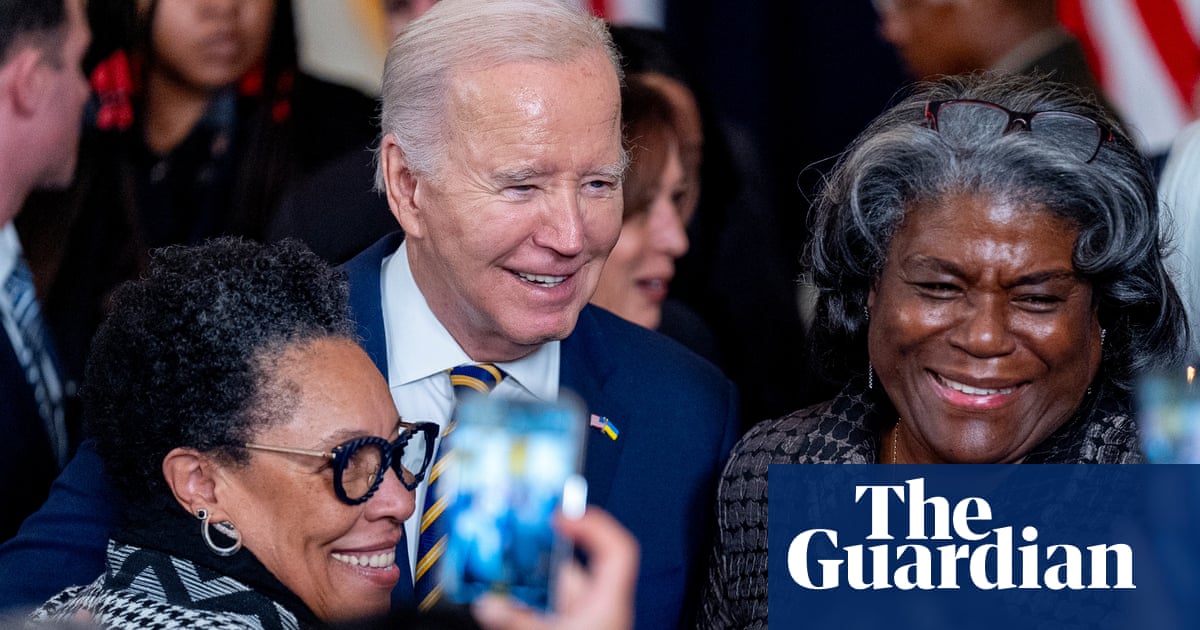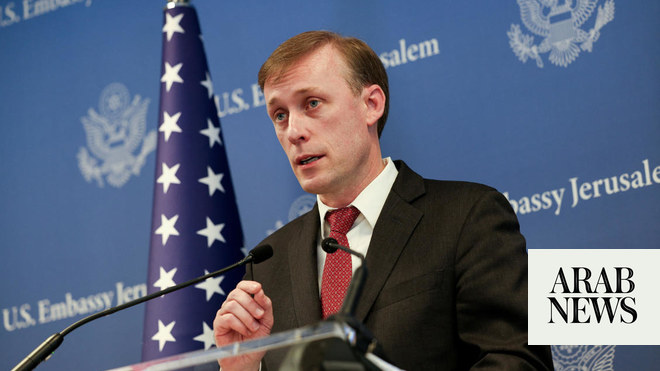
Newly-elected reformist President Masoud Pezeshkian extended an apparent olive branch to the West at the UN
Khamenei vowed that Iran’s militant allies, primarily the Palestinian Hamas and Lebanese Hezbollah, would not “back down”
PARIS: Ayatollah Ali Khamenei is Iran’s undisputed number one, but in the pecking order beneath the supreme leader are different factions competing for influence as the country maps out how to react to growing setbacks and escalating confrontation with Israel, experts say.
While some insiders are seen as favoring negotiation, others believe in using force, with the outcome of the behind-the-scenes debate helping to determine whether the current tit-for-tat cycle spirals into a full-blown war.
In a rare public sermon last week, Khamenei vowed that Iran’s militant allies, primarily the Palestinian Hamas and Lebanese Hezbollah, would not “back down” in their war against Israel, the Islamic republic’s sworn enemy which he said “does not have long to live.”
Yet last month, newly-elected reformist President Masoud Pezeshkian extended an apparent olive branch to the West at the UN, proposing the revival of the 2015 international nuclear deal that was unilaterally abandoned in 2018 by then-US president Donald Trump.
Experts say that as Israel prepares its response to Iran’s October 1 missile attack, Khamenei remains keen to avoid all-out war while showing the Islamic republic can still stand up to its enemies.
The supreme leader, who is chosen for life and has been in power since the death of Iran’s revolutionary leader Ayatollah Ruhollah Khomeini in 1989, has long been seen as seeking to balance out the various factions in Iran before deliberately and, sometimes slowly, coming to a decision.
“There were certainly dozens of hours of meetings and analysis before deciding on the details of the strike against Israel,” said Pierre Razoux, research director at the Mediterranean Foundation for Strategic Studies (FMES).
“It’s similar to a chess champion studying all possible moves and openings with their team before making a play.”
While Khamenei is the ultimate decision-maker, Iran’s power structure is deeply complex with the president often only having a limited influence in foreign policy decisions.
The Islamic Revolutionary Guard Corps (IRGC), the regime’s ideological army which maintains links with Iran’s regional proxies, plays a crucial role, as do low-profile but powerful figures within the office of the supreme leader including his son Mojtaba who is sometimes seen as a successor.
“Despite its authoritarian nature, the Islamic Republic has always had fractious factions that disagreed over the way in which they (Iran) should interact with the outside world,” Behnam Ben Taleblu, an Iran expert at the Foundation for Defense of Democracies (FDD) in Washington, told AFP.
The president “does not control or set foreign and security policy. Rather, he is there to offer a change in style and not substance,” he added.
While there may be intense debates behind closed doors over strategy, it would be extremely unusual for such splits to be revealed in public.
“Khamenei adopts his decisions after consulting with members of the Iranian Supreme National Council, which, under the leadership of the reformists of the Iranian government, includes both conservative and reformist officials,” explained Eva Koulouriotis, an independent expert on the region.
Positions change with events.
When Israel assassinated Hamas political leader Ismail Haniyeh in Tehran in July, Khamenei initially supported “a tactical retreat, which was the opinion of the reformists,” says Koulouriotis.
However, when Israel killed Hezbollah’s leader Hassan Nasrallah in Beirut in late September, Khamenei decided that a stronger response was necessary.
“So he adopted the opinion of the conservatives in the IRGC, who called on him to respond to the assassination of Haniyeh to deter Israel,” said Koulouriotis.
This led to the launch of some 200 Iranian missiles on Israel on October 1. Were Israel to now launch a major attack in response, pressure would mount on Khamenei to respond more than just in kind.
Lebanon’s Hezbollah is not just an ally for Iran. It is considered Tehran’s most crucial asset, a so-called “crown jewel” boasting a formidable arsenal of drones, rockets, and missiles of various ranges, and claiming 100,000 fighters.
Some experts suggest that Hezbollah’s long-range missiles are tasked with defending Iran’s nuclear facilities, effectively serving as a sort of remote defense shield.
Iran’s strategy in the coming months and years is therefore likely to depend on a complex mix of regional dynamics, pressure from global powers, and internal factional battles.
“Given Iran’s repeated setbacks abroad, especially the loss of Hezbollah, considered its foreign policy linchpin, the radical wing succeeded in convincing the supreme leader that restoring Iran’s credibility was essential,” said analyst Hasni Abidi, director of the Center for Arab and Mediterranean World Studies (CERNAM) in Geneva.












